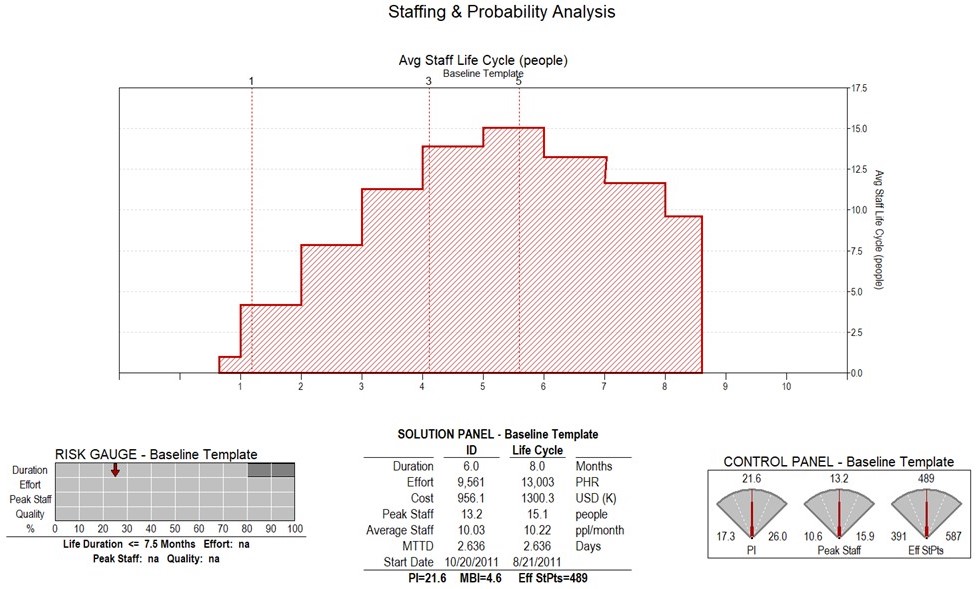QSM's Larry Putnam, Jr. Discusses the Role of Estimation in SAFe in SD Times
Larry Putnam, Jr. was recently quoted in 'Framework and Standards Are the "Essence" of Agile at Scale,' an article published in SD Times. The article consulted other industry experts such as Ivar Jacobson, Matt Schenck, Dean Leffingwell, and Ken France on best practices for implementing agile at scale. Larry's advice below.
Agile estimation is the key to a successful SAFe implementation
With all of the benefits of SAFe, getting it right is key. Using agile estimation can help.“For organizations that are implementing SAFe, they’re really trying to coordinate a lot of different stakeholders within the organization and the real benefit they’re looking to get out of it is a much more nimble delivery,” said Larry Putnam Jr., co-CEO of QSM. “To be able to do that, we’ve got all these different stakeholders that we have to coordinate. That becomes really complicated and estimation is kind of the communication vehicle for these different stakeholders.”
Putnam explains that the highest level of an organization is the business and its stakeholders. The stakeholders or senior managers within an organization need to ask in what direction the business needs to go and how software will support that. These needs are usually articulated at a high level, said Putnam.
“Those are going to get apportioned across different value streams, and they’re really looking at the whole portfolio of what’s going on within the enterprise,” Putnam said. “In order to implement all those capabilities the business wants, you’ve got all these different cross-functional teams that are working on different pieces of the system.”






